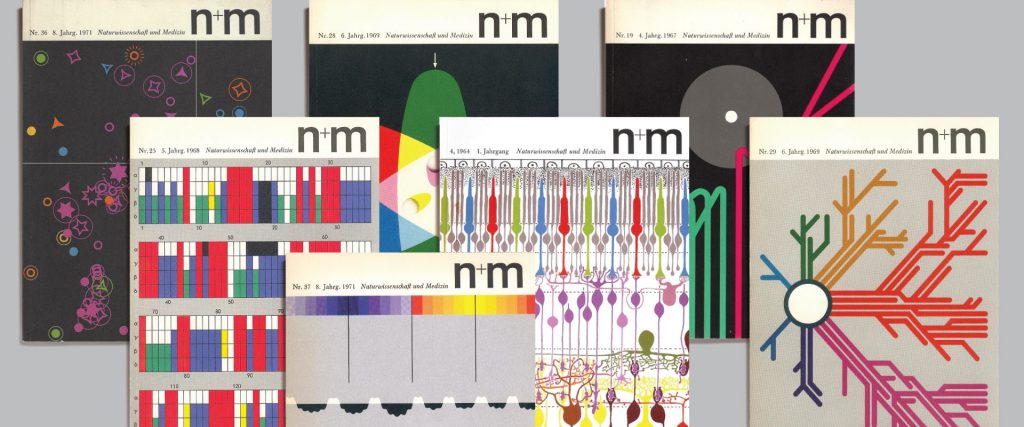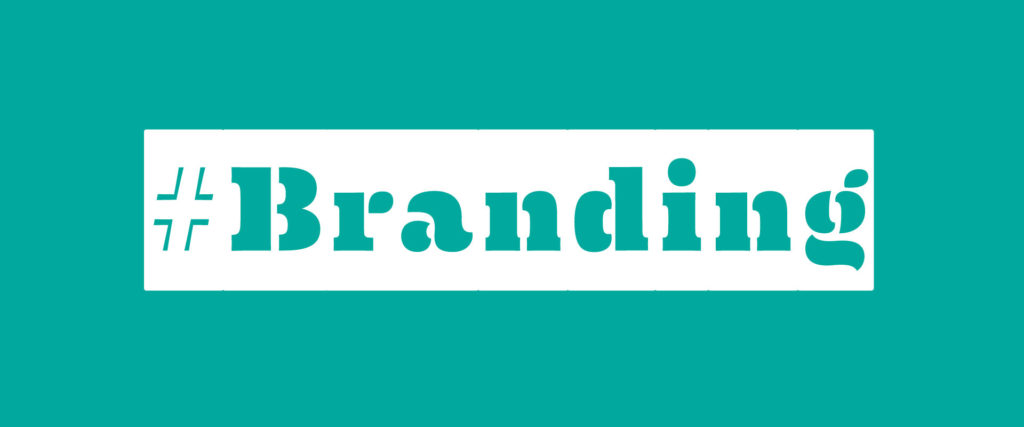Lately we’ve been thinking about the relationship between design, health and optimism. One might ask how design influences health and optimism?
To start, let’s think about the meaning of design. While there are many definitions, we believe design is about executing a plan with purpose, improving human experiences and a useful way to create solutions that address specific challenges.
And while there are many disciplines associated with design including architecture, product design, graphic design, UX/UI, fashion… there is much opportunity for design to play a prominent role in the realm of health and patient experiences. A designer’s mindset is trained to think about solving problems thoughtfully, understanding and empathizing with its audience, and creating relevant solutions that work. Furthermore, design can add clarity, cohesiveness and beauty to times of uncertainty and chaos while also engaging and delighting its audience—creating a sense of optimism and hope.
As a creative agency led by designers, we have a unique perspective when it comes to collaborating with clients about health-oriented challenges. We recognize that people living with chronic, serious and rare diseases have complex health and life journeys. Sometimes, we are called on to develop communication programs that help improve patient adherence and outcomes, other times, we may be asked to educate HCP’s on a rare disease or introduce a new treatment option to patients and HCP’s alike. For us, engaging audiences is done with great care and we like to think —optimism. After all, what better time to convey a sense of hope and optimism than when faced with a serious health challenge?
To see some of the ways we’ve integrated optimism into our creative solutions, we invite you to view a few of our case studies including:





